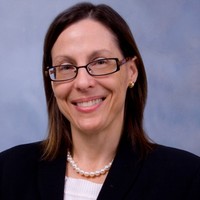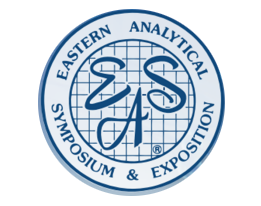One-Day Course:
Sunday, November 16; 8:30am – 5:00pm
Deborah A. Peru, DP Spectroscopy and Training, LLC, Lebanon, NJ
COURSE DESCRIPTION
This hybrid course includes both classroom lessons and live demonstrations of using Near Infrared and Raman Instruments. Participants can observe, ask questions, measure samples, and learn how to develop quantitative methods. The course is based on industrial experience in developing methods to support product and process understanding, problem-solving, quality assurance testing, R&D innovation, and process monitoring and control. Topics include types of sampling and measurement errors, procedure design, wavelength selection strategies, spectral preprocessing, quantitative techniques, and lifecycle procedure management. Each lesson includes case study examples and software demos to emphasize key principles. The information can be applied to the development of quantitative procedures using Ultraviolet, Visible, Near IR, Mid-IR, and Raman instruments
WHO SHOULD ATTEND
This course is ideally suited for new or experienced scientists, process engineers, and managers who want to expand their knowledge of developing and implementing spectroscopic methods for the determination of key ingredients, and properties of interest. This course is applicable for managers supervising the development and use of spectroscopic instruments in R&D, quality, and manufacturing:
• R&D Managers, Scientists, and Engineers (all fields – pharma, chemical, forensics, food, environmental, etc.) • QA/QC personnel
• Process analytical technology (PAT) personnel
TOPICS
- Introduction to Quantitative Spectroscopic Analysis
a. What is quantitative spectroscopic analysis?
b. When and where is it used
c. Defining the problem - Types of Measurement Error
a. Random and systematic errors and sources
b. Propagation of error during development
c. Signal-to-Noise - Data Analytics & Procedure Design
a. Elements in procedure design
b. Designing the “training set”
c. Analytical controls - Fit for Purpose
a. Defining “Fit for Purpose”
b. Points of use of spectroscopy instrumentation - Types of Quantitative methods
a. Variable extraction methods: Peak area, Peak ratio, MCR
b. Fundamentals of CLS, MLR and problem of collinear variables
c. Chemometric modeling (PCR vs PLS) and the multiplicative advantage
d. Review of variable selection strategies (supplemental handout)
e. Modeling metrics and outlier detection - Spectral Preprocessing tools
a. Centering (e.g. MC)
b. Scaling (e.g. SNV)
c. Filtering (e.g. 1st & 2nd derivatives, baseline correction)
d. Model-based (e.g. MSC) - Validation and Lifecycle Procedure Management
a. Accuracy & recovery
b. Linearity
c. Specificity
d. Precision (repeatability & Intermediate robustness)
e. Implementation strategy - Wrap Up
a. Summary & final remarks
b. Final Q&A
c. Sand-box for hands-on experience and further discussion with the instructor

ABOUT THE INSTRUCTOR
Deborah Peru (M.B.A., Nutritional Science, B.S., Chemistry B.A.) is the Owner and President of DP Spectroscopy & Training LLC. She has over 37 years in industrial R&D and process analytical technology (PAT) experience in the petrochemical, specialty chemical, consumer products, and pharmaceutical industries. Ms. Peru research focused in developing near infrared, mid-infrared, Raman, and SERS methods for laboratory and in-line measurements. Her PAT experience also includes use of laboratory reactors and in-situ particle size analyzers for optimizing products & processes for improved yield, stability and performance. Her experience includes developing both qualitative and quantitative models for quality assurance, problem solving, understanding ingredient interactions, manufacturing cost savings, and finished product testing. Ms. Peru also managed projects pertaining to development of light-based devices for clinical testing of consumer products. Ms. Peru is serving as the Secretary for both the Coblentz Society and the New York/New Jersey Regional Section of the Society for Applied Spectroscopy (SAS) and is the recipient of the 2019 SAS Distinguished Service Award.

